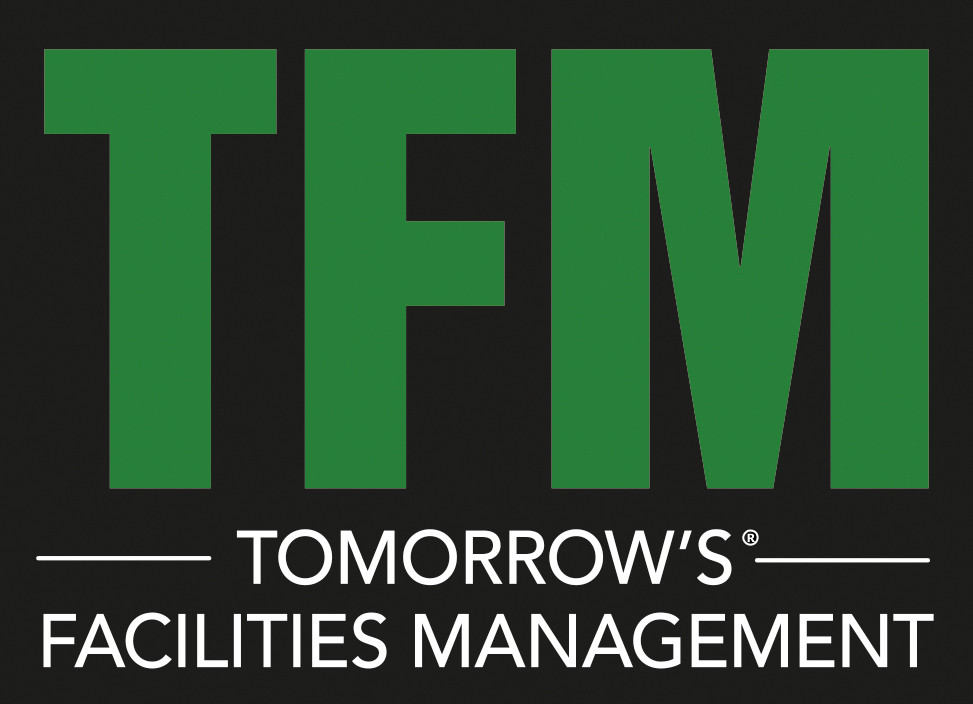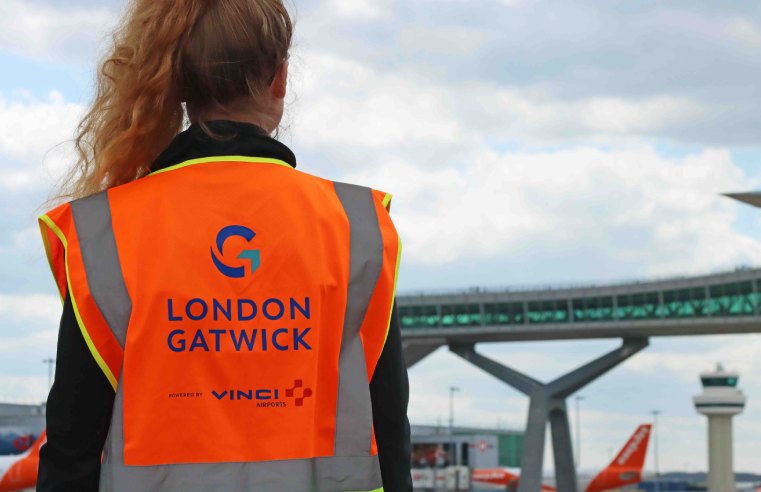London Gatwick has created a new geospatial platform using Esri’s GIS (Geographic Information System) software to support multiple operational areas at the airport, including engineering and environmental services. The system is already making and construction works safer by reducing accidental strikes on buried utilities and enabling better management of the airports biodiversity.
The airport is the busiest single runway airport in the world supporting 55 movements an hour. Operating as a commercial airport since 1958, London Gatwick is the UK’s second largest airport and is a vital piece of national infrastructure that helps drive both the regional and national economy. Over 40 million passengers travelled through the airport in 2023.
Single view of data
The geospatial platform contains critical infrastructure information spanning the 70-year history of the airport, including BIM, CAD, utilities, environmental, aerial photography and legacy data. By integrating all spatial data into a single view, combined with analysis tools, mobile apps and dashboards, the Esri platform provides new insights to support better collaboration and decision-making across the airport.
Field engineers, third party contractors and major consulting firms all use the same single view of data, accessible on any device. With up to 50 engineering and construction projects on site at any one time, the new system is making work safer and reducing risk of disruption to airport operations from any unplanned outages.
Biodiversity net gain
London Gatwick is using the geospatial platform to support its award-winning Biodiversity Action Plan, designed to deliver a biodiversity net gain at the airport by 2030. Within the airport boundaries are 75 hectares of woodlands, grasslands and wetlands, inhabited by hundreds of species of mammals, birds, insects and bees. Environmental data in the GIS includes environmental stewardship areas, notable birds, protected, rare or invasive alien species and bat box locations. The system also visualises the estimated embodied carbon of built assets.
Reducing carbon emissions
Insights from the GIS allow London Gatwick to plan works around any environmentally sensitive sites to minimise impact and seek ways to bring additional benefits, such as improving biodiversity. The embodied carbon data allows users to see the carbon ‘price’ of assets, supporting sustainability decisions by showing the potential carbon emissions of demolitions or new construction.
Simon Richardson, Digital Information Lead at London Gatwick Airport, explained: “Being able to visualise and interrogate all spatial data from any discipline, on any device, is critical to the sustainable future of London Gatwick. Democratising spatial data in this way drives significantly more business and operational value from it.”
“The new GIS supports our Master Plan, which includes delivering efficiencies through new technologies and process improvements, while bringing passenger service benefits and protecting the environment we operate in. It provides an immediate understanding of operational infrastructure, supporting faster and more informed decisions, which are integral to the running of the airport.”
Future developments
Future plans include using the geospatial system as a planning tool for estate-wide works, including runway maintenance and repairs and making the data available to local planning authorities bordering the airport to help streamline their planning process. The airport’s sustainability strategy is also set to benefit from the GIS, by helping to determine the optimal sites for solar panels, from potentially floating them in lakes or installing them on the most effective roof tops. London Gatwick’s ‘Decade of Change’ roadmap includes sourcing 50% of airport electricity from renewable sources with onsite generation part of the mix.
“Requests for new types of online maps are coming from across the business on a daily basis so the system is growing all the time. We expect the geospatial platform to grow significantly within the next 12 months,” said Richardson. “The Esri GIS has given us the foundation to create a digital twin. As a complex site with over 70 years of history, we are building a virtual representation of what has previously been built along with future plans, which helps manage the airport’s development.”
Esri UK is running a free webinar about property and estates management featuring Heathrow Airport, discussing how it's using GIS to help manage 1.4 million square feet of commercial space, which you can register for here.



































